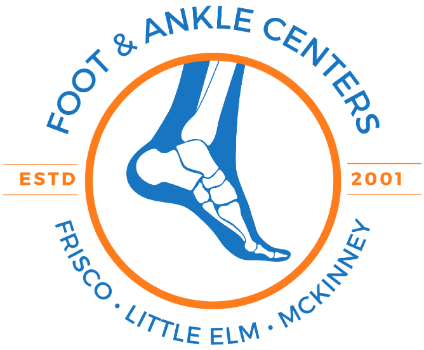Understanding Nerve Entrapment: Symptoms, Causes, and Treatment
Nerve entrapment can affect anyone, but it is more common in people who participate in activities that require repetitive motions, such as athletes, manual laborers, and those who type for extended periods of time. If you experience symptoms of nerve entrapment, our board-certified podiatrists at Foot & Ankle Centers of Frisco, Little Elm, & McKinney in Frisco, Little Elm, and McKinney, Texas, can determine the most effective treatment for you. Our expert podiatry team offers advanced diagnostics and same-day appointments for urgent foot and ankle problems.


Diagnosing the Source and Treating Nerve Entrapment
Nerve entrapment is typically diagnosed through a physical examination and medical history. During the physical examination, the doctor will examine the affected area and ask questions about the symptoms, such as when they started, how long they last, and how intense they are.
Depending on the findings, the doctor may order imaging tests and nerve conduction studies. Imaging tests, such as an X-ray, MRI, or ultrasound, can help the doctor look for signs of structural problems, such as a herniated disc or bone spur. Nerve conduction studies measure the electrical activity of the nerves and can help diagnose nerve entrapment.
Nerve entrapment treatment plans can vary depending on the severity of the condition and the underlying cause. Generally speaking, initial treatments may include rest, physical therapy, anti-inflammatory medications, and nerve gliding exercises to help reduce nerve compression. In most cases, your treatment plan will include a mixture of these treatments:
- Physical therapy
- Anti-Inflammatory medications
- Steroid injections
- Orthotics to support the foot
When the nerve entrapment does not respond to these methods, then nerve decompression surgery is the next step.

